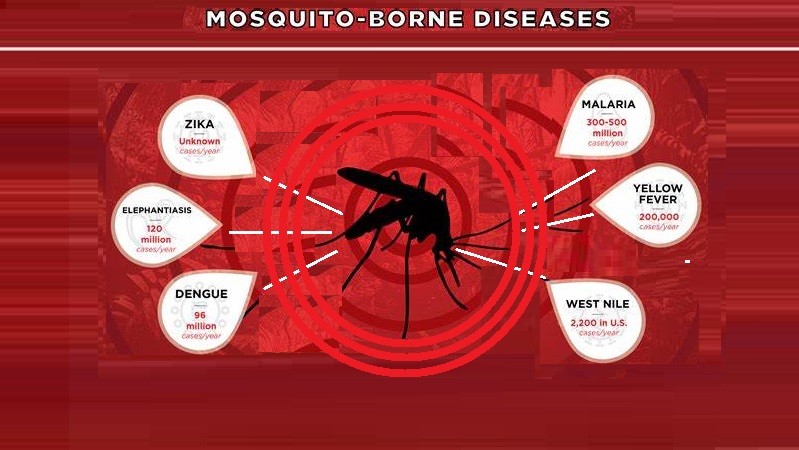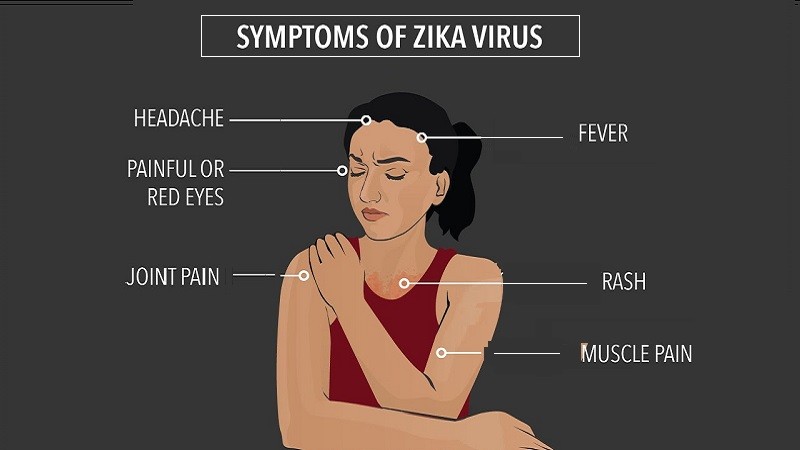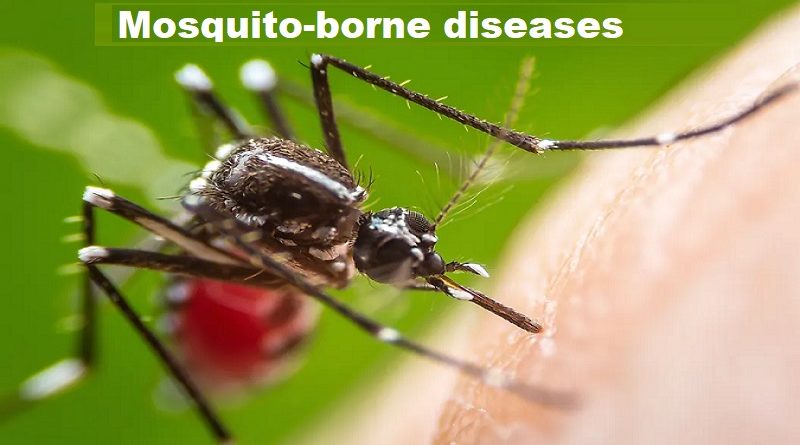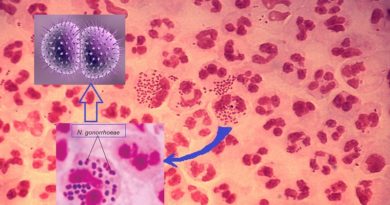Mosquito-borne diseases Common Types
Diseases that are spread from mosquito to human are known as a mosquito-borne diseases. How? When a mosquito bites a human to suck blood for feeding, it also sucks any viruses or parasites living in that blood. These viruses and parasites can be transferred to other persons the mosquito bites. Pathogens are transferred through the saliva of the mosquito causing infections, which are classified as infectious or communicable diseases.
Mosquito-borne diseases set to flourish in warmer climes
A mosquito bite can infect you with deadly diseases.
Is Mosquito an Animal or an Insect?
They are considered both. A mosquito is under phylum Arthropoda > class Insecta, which is the largest class in Arthropoda. Mosquitos are also classified animals, as they have no capacity to produce food on their own. Thus, Mosquitoes are one of the smallest animals on Earth, yet they are the deadliest. Not only that, but they are the deadliest creatures in the whole world.
Common types of mosquito-borne diseases
While the mosquito may not be affected by pathogens sucked with blood, mosquito-borne diseases can cause severe disease for the infected person. Around 400 million people are infected each year with dengue, and another hundreds of thousands are infected by Zika, chikungunya and yellow fever. Most common types of mosquito-borne diseases include malaria, dengue, chikungunya, yellow fever and Zika.

1- Zika Fever (mosquito-borne disease)
Many adults with Zika virus have no symptoms, but the infection can be severe for the unborn baby.
Zika fever is one of the mosquito-borne diseases. Causative pathogen is Zika virus. Symptoms look like dengue fever, but many patients don’t show symptoms. Common symptoms include fever, red eyes, joint pain, headache and a maculopapular rash. Children for infected women by Zika virus, can have serious health conditions, including microcephaly, which can cause life-long disabilities.
Common symptoms of Zika Fever
| Fever | Rash | Red eyes (Conjunctivitis) | Headache | Muscle and joint pain |

2- Dengue fever
Dengue fever is another mosquito-borne disease, where the cause is dengue virus.
Incubation period: Symptoms typically begin 3 to 14 days after infection. Commonly, infected persons present with fever, rash, nausea pains. If no complications developed, symptoms last a week. Otherwise, it may progress to complications such as internal bleeding, shock and even death, a situation that requires hospitalization.
Prevalence: Recently, the incidence of dengue has increased dramatically. More than half of the world’s population now at risk, with approximately 36,000 people die from dengue fever, every year.
Common symptoms of Dengue fever
| Fever | Rash | Headache | Vomiting | Muscle and joint pain |
3- Yellow fever, a deadly Mosquito-borne disease
When mosquito bites people, not many develop yellow fever, but some may develop a severe illness and die within 7 to 10 days.
Yellow fever is another mosquito-borne disease, which is a viral disease of short duration. Yellow fever is an acute viral hemorrhagic disease.
Causative pathogen: caused by flavivirus. yellow fever spreads through bites by infected aedes aegypti mosquitoes, which breed in tropical forests, still water and in humid weather.
Symptoms: In most cases, symptoms include fever, chills, loss of appetite, nausea, muscle pains (back pain) and headaches. Symptoms tend to improve within five days, however approximately 30,000 people around the world die from yellow fever every year.
Common symptoms of yellow fever
- Fever
- Headache
- Chills
- Back pain
- Fatigue
- Vomiting
4- Chikungunya
Chikungunya is a viral disease transmitted to humans via infected Aedes aegypti mosquitoes.
Symptoms include fever, joint pain, headache, muscle pain, joint swelling and rash. In most cases, a patient’s condition will improve within a week, however the joint pain may last for months or even years in some persons. Chikungunya shares some clinical signs with Zika and dengue, leading to potential misdiagnosis.
Common symptoms of Chikungunya
- Sudden fever
- Joint and muscle pain
- Rash
- Headache
- Fatigue
5- Malaria
- Malaria is transmitted through mosquito bites. It is caused by parasites in the genus Plasmodium. In humans, malaria is caused by six Plasmodium species: P. falciparum, P. malariae, P. ovale curtisi, P. ovale wallikeri, P. vivax and P. knowlesi.
- Malaria is treatable in few weeks but may be dangerous and last for several months.
- For diagnosis, lab tests may be required.
- Symptoms include fever, tiredness, vomiting, and headaches. In severe cases, it can cause jaundice, seizures, coma, or death.
Symptoms usually begin 10-15 days after infection.
SOURCES:
- https://www.worldmosquitoprogram.org/en/learn/
- https://www.thehealthy.com/first-aid/bug-bites
- https://www.cdc.gov/niosh/topics/outdoor/mosquitoborne/default.html
- https://pestlockdown.com/is-a-mosquito-an-animal-or-an-insect/
- Read More: Common Bacterial Infections in the Philippines: Your Health Guide
- Safe from 5 common Infections During Rainy Season in the Philippines
- Respiratory Infections During Flood Season: How to Protect Your Lungs
💬 Chat with Us:
You can easily reach Helal Medical via WhatsApp (+63 966 974 1609), Facebook Messenger, or by clicking the chat icon at the lower right corner of our website HelalMedical.com.




